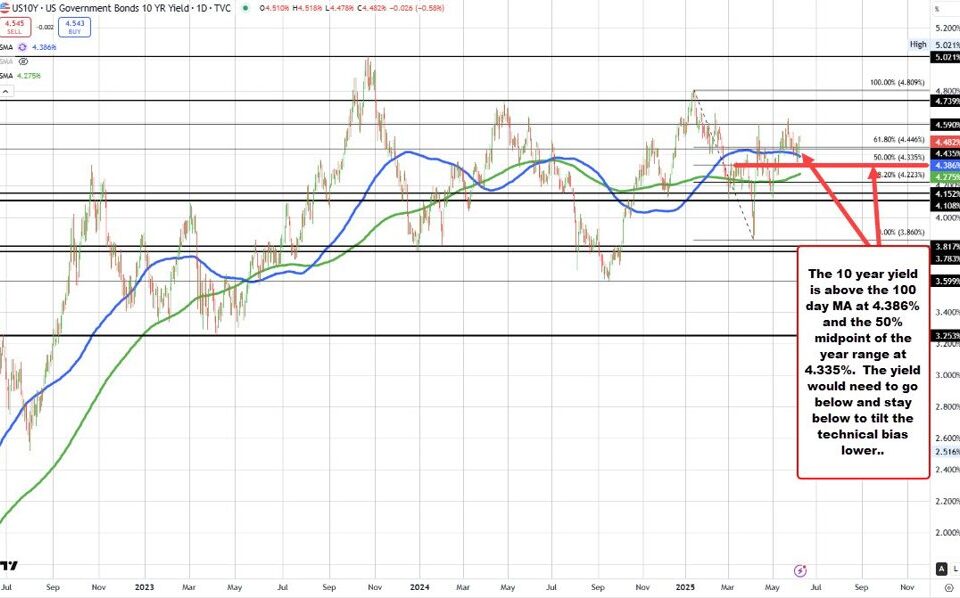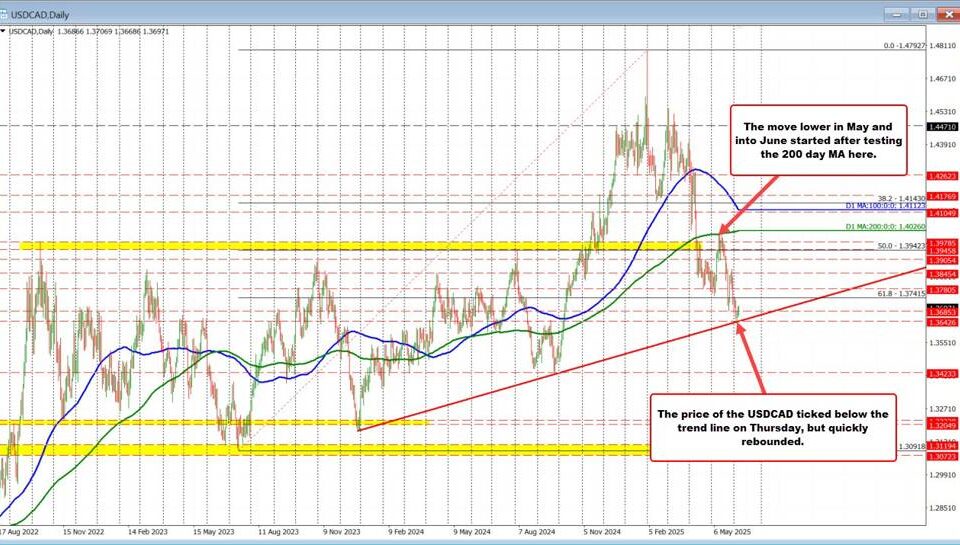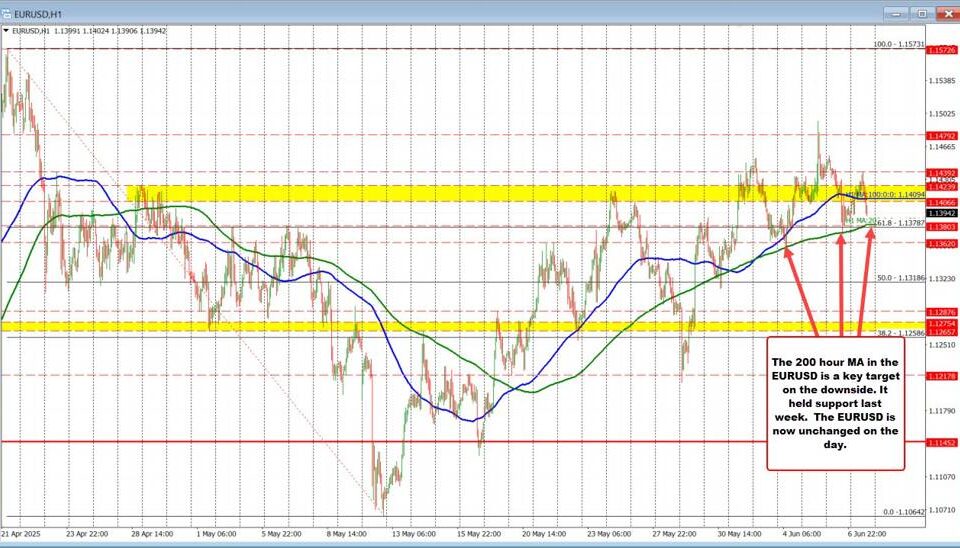European Stock Markets React to Trump-Era Tariffs: The Ripple Effect on Global Trade
Tháng 4 9, 2025
Huntington Beach’s Landmark Voter ID Law: A Game-Changer for California Elections
Tháng 4 9, 2025Understanding Recent Gold Price Movements: Key Insights and Predictions
In recent times, the gold market has experienced remarkable fluctuations, driven primarily by a confluence of economic and geopolitical factors. This blog post delves into the recent surge in gold prices, examining the underlying reasons and exploring future predictions from leading financial institutions.
Gold’s Recent Surge: A Historical Perspective
In an unexpected turn of events, gold has demonstrated its resilience with its strongest intraday gain since 2016, soaring over $100. This surge highlights a significant uptick in demand for safe-haven assets amid growing economic uncertainties. As of early April 2025, the spot gold price experienced notable volatility, reaching an impressive peak of $3,167.57 on April 3, before settling between the $3,000 and $3,100 range. By April 9, the price had adjusted to $3,061.92 per ounce, illustrating the dynamic nature of the market.
Driving Factors Behind Gold’s Surge
Several key factors have been identified as major contributors to the current trend in gold prices. Geopolitical tensions around the world continue to paint an uncertain landscape, causing investors to gravitate towards gold as a secure investment. Additionally, the fragile global trade environment further exacerbates these worries, compelling market players to seek safety in gold.
Central banks play a pivotal role in the current gold price movement. Countries like China, India, and Russia have ramped up their gold purchases, motivated by a strategic desire to diversify their reserves and mitigate risks associated with fiat currencies. This substantial demand from central banks has provided a robust support base for prices while simultaneously paving the way for future increases. Notably, these strategic moves by China amid U.S.-China tensions indicate a wider implication for gold prices, aligning with discussions on China’s economic maneuvers (Read more here).
Another crucial element propelling gold prices is the anticipated shift in monetary policy by the Federal Reserve. Many market analysts are forecasting interest rate cuts, which generally lead to a devaluation of the U.S. dollar; a weaker dollar effectively makes gold less expensive for holders of other currencies. This scenario fosters an environment where investors are likely to increase their gold holdings, thus driving demand even higher.
Forecasts and Predictions: What Lies Ahead for Gold?
The outlook for gold remains optimistic among major financial institutions. Renowned banks such as HSBC, Bank of America, and Standard Chartered have all revised their forecasts upward for 2025, projecting prices between $3,015 and $3,300 per ounce, motivated by persistent global uncertainty. This market climate deeply relates to the principles outlined in value investing strategies, as noted in discussions about value investing beating market trends (Learn more here).
Analysts predict that gold could reach the $3,200 per ounce mark in the coming months, reinforcing the notion that the yellow metal remains a valuable asset in an increasingly volatile economic climate.
Conclusion: What Investors Should Consider
As gold continues to adapt to various economic and geopolitical factors, it is essential for investors to remain vigilant and informed. The anticipated price movements driven by central bank activity, fluctuating demand, and changing interest rates present both opportunities and challenges in the market. Investors should also be cautious of common investment mistakes that could hinder their success in the volatile gold market (Find out more here).
In summary, the current gold price surge reflects a complex interplay of market forces, and as predictions continue to evolve, so too should investor strategies regarding this timeless asset. By staying updated on these dynamics and avoiding psychological pitfalls as suggested by investment advice (Explore more on that), investors can make more informed decisions about their portfolios and the role of gold in their investment strategies.



